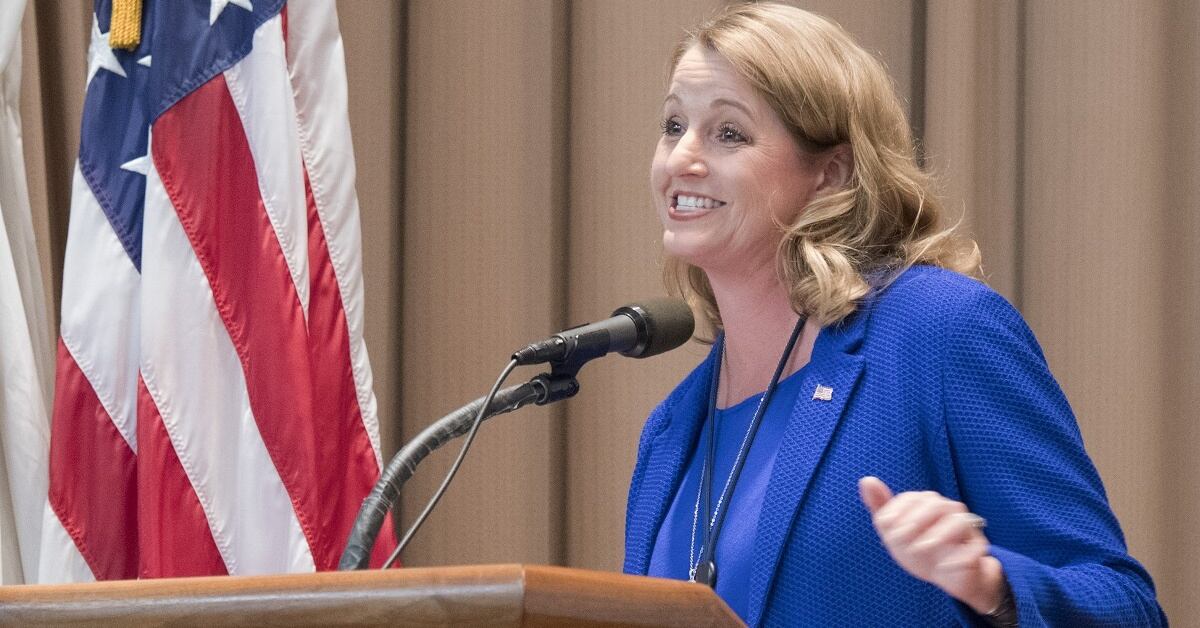Federal agencies such as the Department of Defense and NASA used to be the leading proving grounds for new technologies, including computers, the internet and space technology.
But according to Dawn Meyerriecks, deputy director of science and technology at the CIA, the dynamic of government providing research and development while the private sector finds commercial value in that technology is not workable in the current innovation environment.
“It used to be that we were the ones that funded R&D and [industry] brought things into production. And we still have a role, because there are things that absolutely will not get funded any other way,” said Meyerriecks, who spoke at an April 23 GDIT Emerge event.
“But there are a whole bunch of other things that we’ve got to be riding these waves [of industry innovation] or it would be irresponsible on our part and an irresponsible use of taxpayer dollars.”
RELATED

Part of the challenge stems from tight agency budgets that simply don’t have the spare dollars to throw at massive and numerous R&D projects.
“Continuing to look to us to bring all of that great technology from the bench to production … is that the definition of insanity?” said Meyerriecks.
According to GDIT Chief Technology Officer Yogesh Khanna, even the largest of private sector firms don’t necessarily have deep enough pockets to spin up massive R&D shops.
“Gone are the days where large companies on their own would have a nontrivial budget to do R&D, and it was all to drive innovation,” said Khanna during a media roundtable at the event.
Rather, the most cost-efficient way to bring innovation to the government is now to draw on smaller innovators in the technology space, and use larger companies as partners to give them the scale and connections necessary to work with the federal government.
“The government doesn’t have the ability to go spend days and years in Silicon Valley, nor do they have the money to be able to do that themselves,” said Kristie Grinnell, chief information officer at GDIT.
“It used to be that the technology didn’t come out unless it had a problem to solve. But now you’ve got with this new technology, ‘I know it can do something, I just need a problem to solve.’ ”
Federal CIO Suzette Kent told Federal Times that the “body of work” already established in the advanced technology space gives government an avenue for improving itself in that area.
“There are industries that are much further ahead, and the way that they do model examination and building in transparency has a longer history. We have a bigger responsibility to the American people in both privacy as well as transparency, and so we’re engaging a broad set of perspectives,” said Kent.
“That’s the area where I’m the most excited, because I think we have the most ground to make up.”
Jessie Bur covers federal IT and management.





